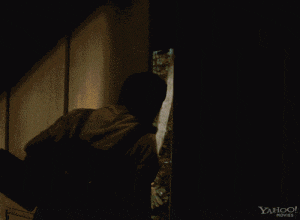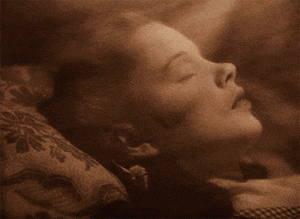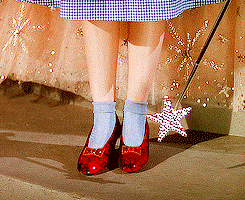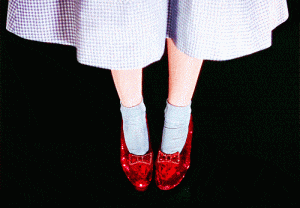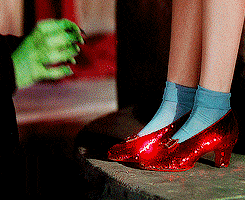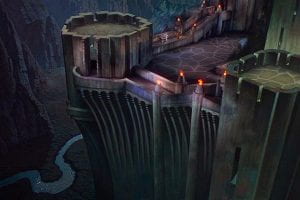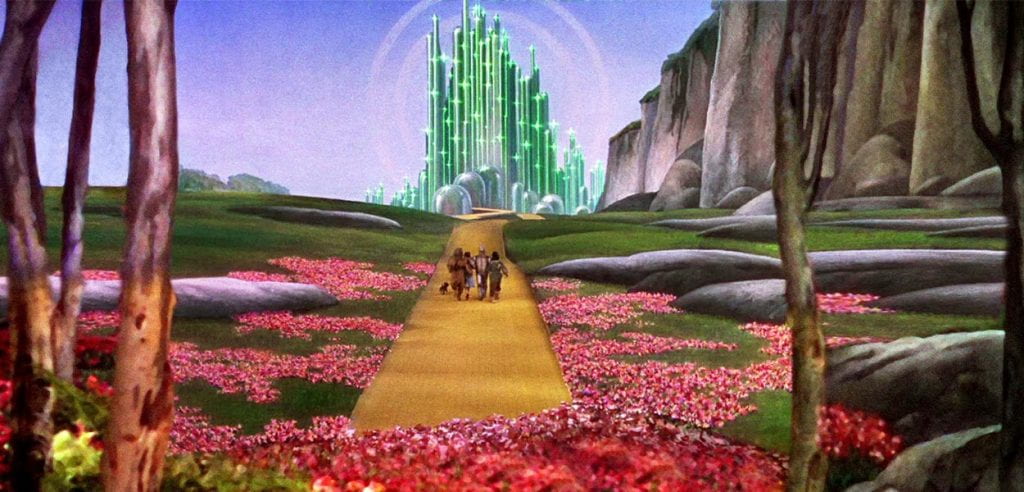
I think all film lovers can agree: naming your favorites can be hard. If someone asked me to do a top ten list, I think I would break out in hives. However, if you were to ask me my absolute favorite movie, the one I could never live without, I would say, with no hesitation, The Wizard of Oz. I’ve loved this 1939 classic practically my whole life. Some of my earliest memories are of watching Dorothy and her friends travel to find the Wizard; to this day, there isn’t one line, one musical cue, or even one stitch of clothing that I haven’t memorized.
There is something about The Wizard of Oz that transcends genre. I honestly never thought of it as a musical or a fantasy film until I became fascinated by film history and noticed that other people labelled it as such. The Wizard of Oz was always just The Wizard of Oz to me. I took all of its genre conventions for granted. Oh, they’re singing? Well, of course! Dorothy is transported to a magical land? Obviously, that’s what this movie’s all about! I was so grateful that this unique, perfect thing existed that I never questioned anything about it.
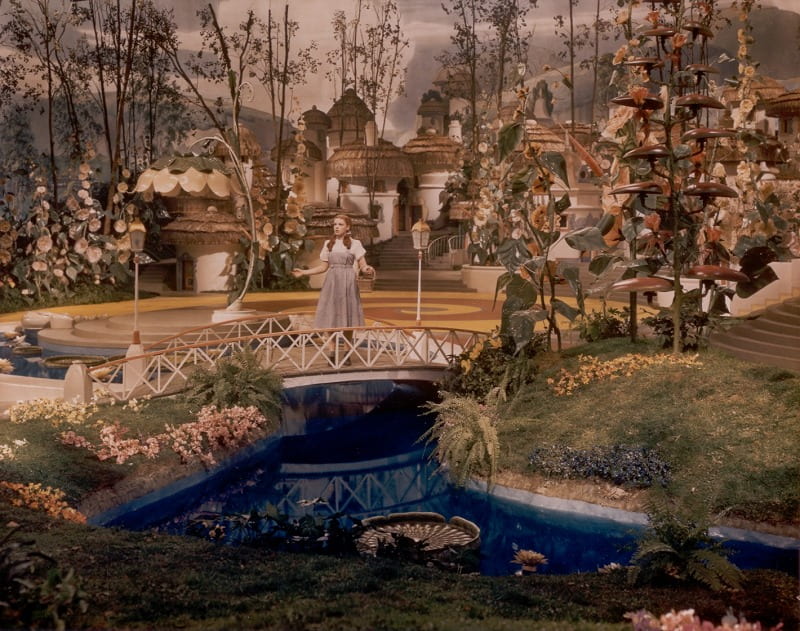
Once I became smitten with old Hollywood and learned more about film in general, I was overwhelmed with a new, deeper appreciation for Oz. MGM didn’t hesitate when it came to anything — Adrian’s costumes, Cedric Gibbons’s sets, Jack Dawn’s makeup, and Arnold Gillespie’s special effects were awe-inspiring in 1939 and they’re still incredible in 2018. While it is easy to describe all old movies as charmingly old-fashioned because of their age, it is unbelievably shortsighted, as Oz proves. The film still feels exciting because no other film looks or sounds like it. The premise is so fantastical, the situations are so bizarre, and the mise-en-scene is so outrageous that it is hard to believe that a studio as mainstream as MGM was willing to develop such a project. It wasn’t like 1939’s other astonishing masterpiece, Gone with the Wind. From the minute producer David O. Selznick got his mitts on Margaret Mitchell’s epic novel, everyone knew the film was going to be a smash. But The Wizard of Oz? That was a risk.
Like Gone with the Wind, Oz had a long, complicated production filled with multiple writers, infamous casting choices, fateful decisions, and a revolving door of directors, including George Cukor (who influenced both films immensely) and Victor Fleming (who was credited as the sole director of the two films). There are many shots in Oz that leave me breathless: the movie’s change from sepia to gorgeous Technicolor; all of the close-ups of the ruby slippers; the moment when Dorothy is knocked out by the tornado; the shot of the Wicked Witch’s castle as our protagonists run from her guards… These are the moments that make Oz unforgettably one-of-a-kind.
What also makes it idiosyncratic is its score. Every piece of music is beautifully tied into the plot and the characters, so much so that the only song that makes sense out of the film’s context is “Over the Rainbow.” Harold Arlen’s melodies and E.Y. “Yip” Harburg’s lyrics are astounding pieces of work, at times witty, silly, and heartbreaking. Herbert Stothart’s underscoring is also a great achievement, winning him a well-deserved Oscar.
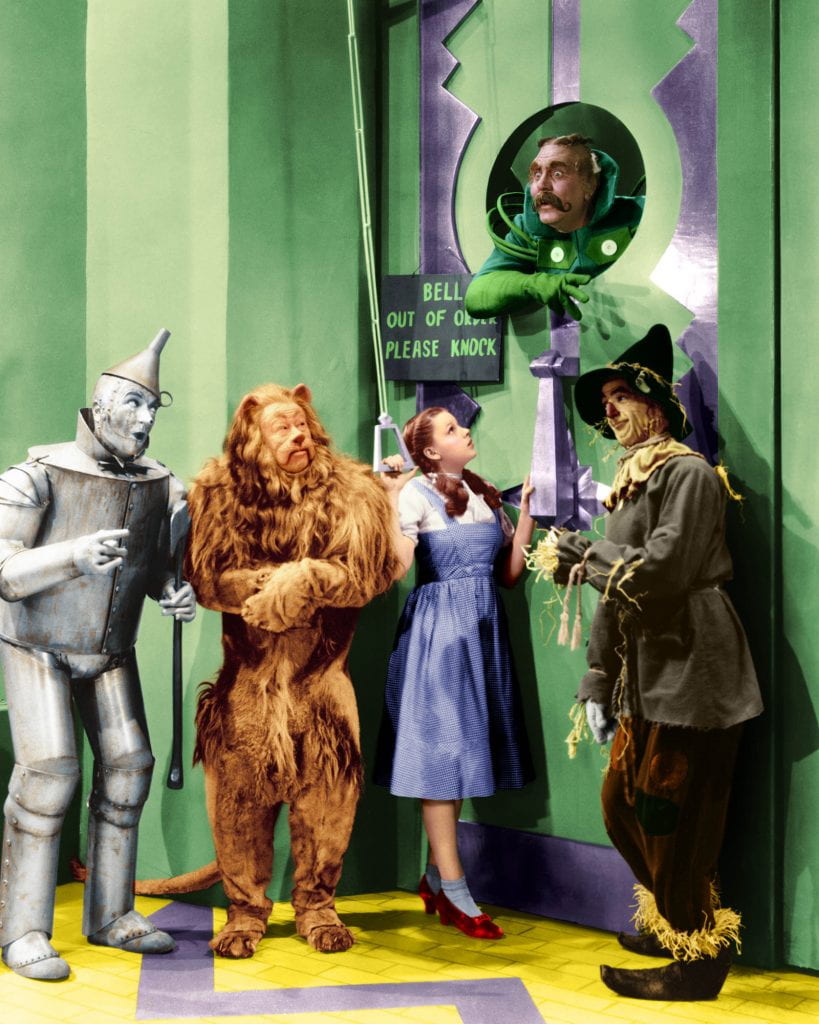
While all of these aspects have been integral to Oz‘s cultural and historical impact, the film’s cast may be the most important piece of all. No one feels like a supporting character to me. They’re all essential to the story — Auntie Em, Uncle Henry, Professor Marvel, every Munchkin and every talking tree all add their own special part to the film. While Judy Garland is the most famous out of everyone, Oz has cemented the names of Bert Lahr, Ray Bolger, Jack Haley, Frank Morgan, Margaret Hamilton, and Billie Burke. These people were extremely talented, but outside of film buffs, who today would know them? That’s no knock on the actors, it’s just how these things go. Lahr, Bolger, and Haley were mainly theatre stars. Hamilton, Morgan, and Burke pop up in many films, but as character actors. And Oz launched them all into iconic status.
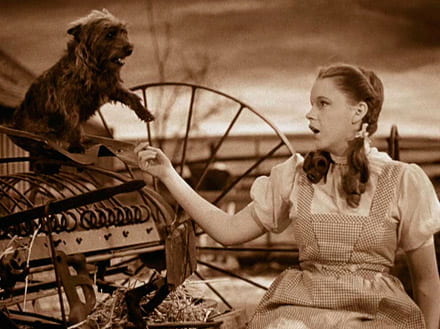
At the end of the day, the heart of Oz is Dorothy and the sixteen-year-old who portrayed her, Judy Garland. Although surrounded by a talking lion, a dancing scarecrow, a man made of tin, and a green witch, the actress still made Dorothy shine. No matter what role she had or what stage she was on, Garland’s intense vulnerability and unshakable strength collided and made her one of the most powerful, influential performers to ever live. Just listen to her sing “Over the Rainbow.” Her voice is yearning and melancholic, yet hopeful, too. Every syllable is felt by Garland and interpreted into something meaningful. Without her emotional and engaging performance, Oz‘s story, and subsequently our heroes’ journey, would not be as effective as it is.
The Wizard of Oz is a film that will forever live on in pop culture, while its production history will continue to grow to mythical proportions. But none of that is why I love it. The Wizard of Oz is, to me, comfort and warmth and a sincere reminder that no matter what life throws at you, you can always come home. After all, there’s no place like it.
The Wizard of Oz screened at the IU Cinema in 2016 as part of the CINEkids International Children’s Film Series and in honor of the Cinema’s fifth birthday.

Michaela Owens is thrilled to be the editor of A Place for Film. An IU graduate with a BA in Communication and Culture, Michaela has also been a volunteer usher at IU Cinema since 2016. She never stops thinking about classic Hollywood, thanks to her mother’s introduction to it, and she likes to believe she is an expert on Katharine Hepburn.
